Meet 10 Depression-Era Photographers Who Captured the Struggle of Rural America
Two women and eight men were sent out with their cameras in 1930s America. What they brought back was an indelible record of a period of struggle
/https://tf-cmsv2-smithsonianmag-media.s3.amazonaws.com/filer/32/e2/32e28b8b-ff2d-4d67-a9b2-1f0fbbe2c5a0/8b29527v.jpg)
In the 1930s, under the auspices of what would become the Farm Security Administration, 10 photographers from different backgrounds–all white–were sent out to accomplish the task of documenting America in a time of great poverty. Some of the photographs from this project have become emblematic of this period. But what of the photographers who took them? Here’s who they were:
Arthur Rothstein
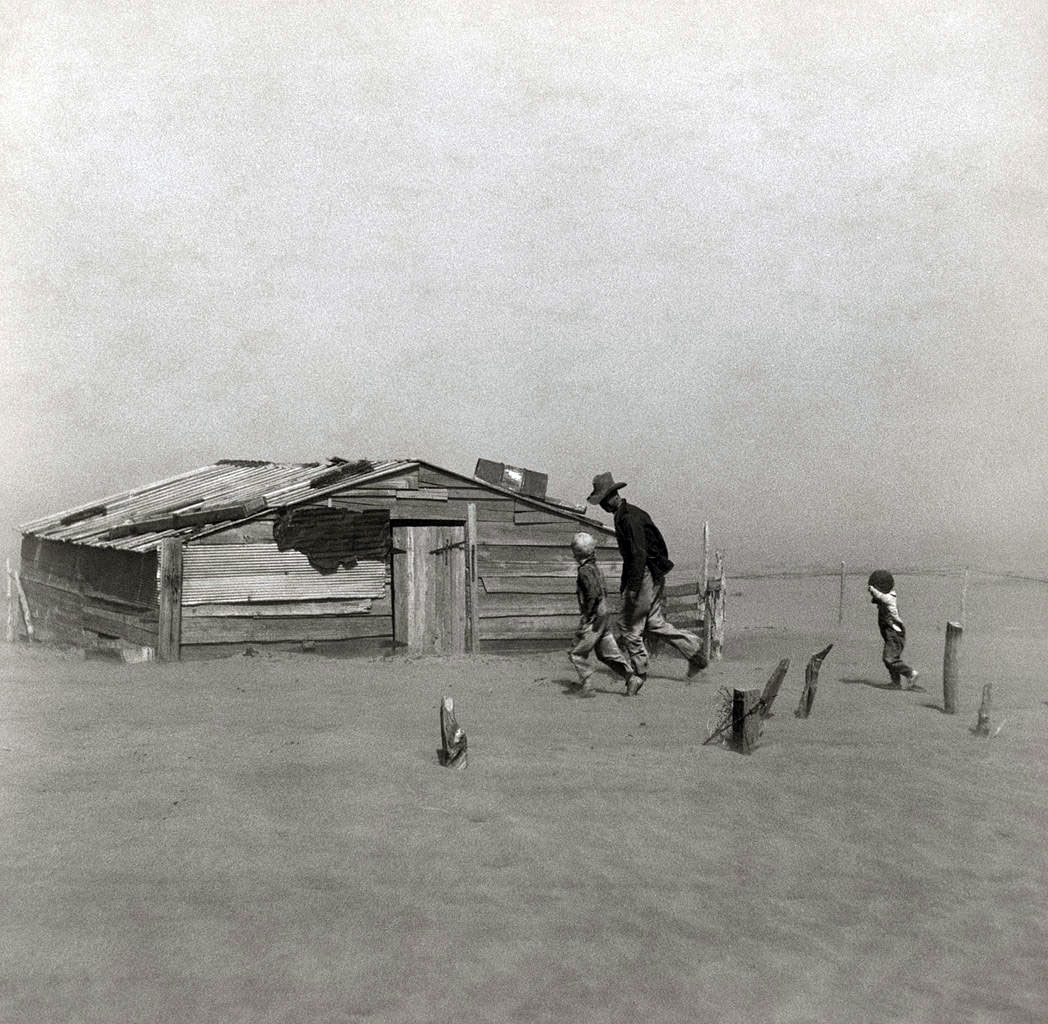
Rothstein was the first staff photographer for the FSA. A New Yorker by birth who had studied at Columbia university, he wanted to show the devastation of the Dust Bowl to people back east. “The aim [of photography] is to move people to action, to change or prevent a situation because it may be wrong or damaging, or to support or encourage one because it is beneficial,” he wrote in a 1986 book, as quoted by Simmons College scholars.
Theodor Jung
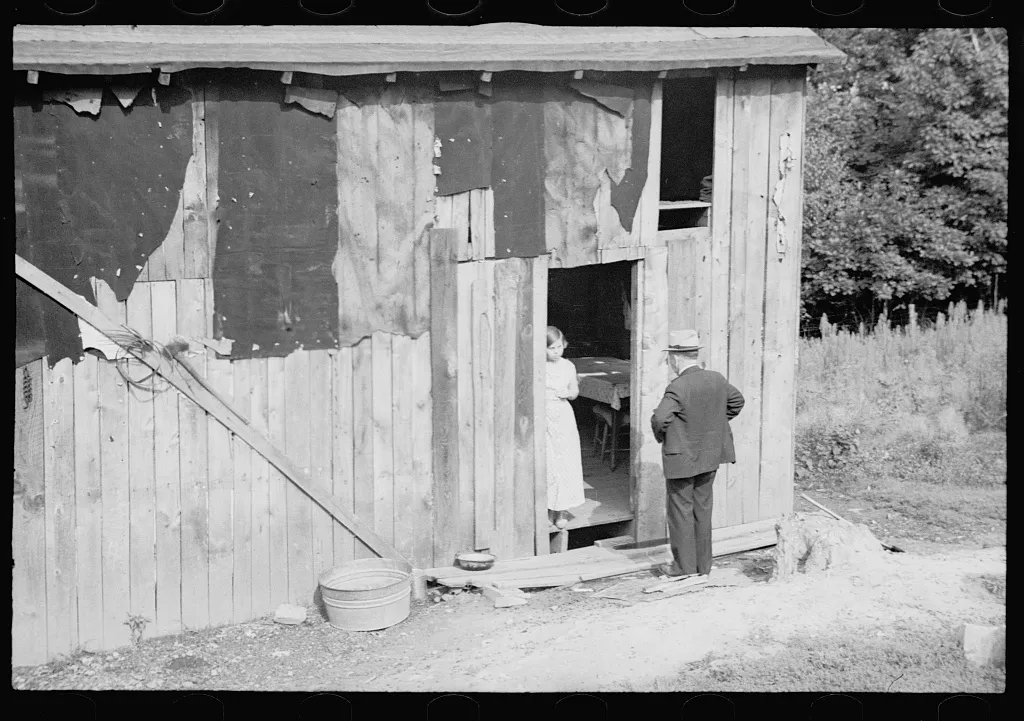
Jung was a graphic artist and draftsman as well as a photographer. He started shooting photographs for what was then called the Resettlement Administration in 1934, writes the International Center of Photography. Jung, who had been born in Vienna and had been taking photographs since age 10, traveled through Maryland, Ohio and Indiana photographing agricultural projects and the people who lived there.
Ben Shahn
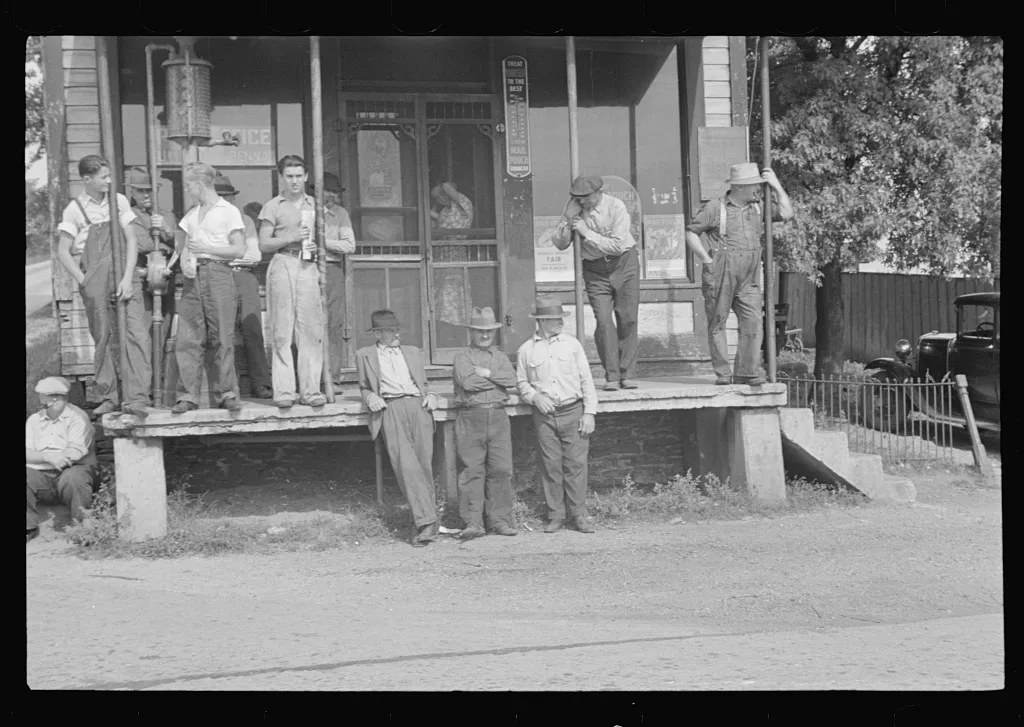
Shahn was a painter and artist as well as a photographer who worked part-time for the FSA’s photography department. His interest in art led him to work with different kinds of cameras, some which allowed him to photograph subjects without them knowing they were being photographed, writes the International Center of Photography. But some of his most famous work was a series of 23 paintings done about the trial of Italian anarchists Sacco & Vanzetti, a case which “disturbed me very much,” he once said.
Walker Evans
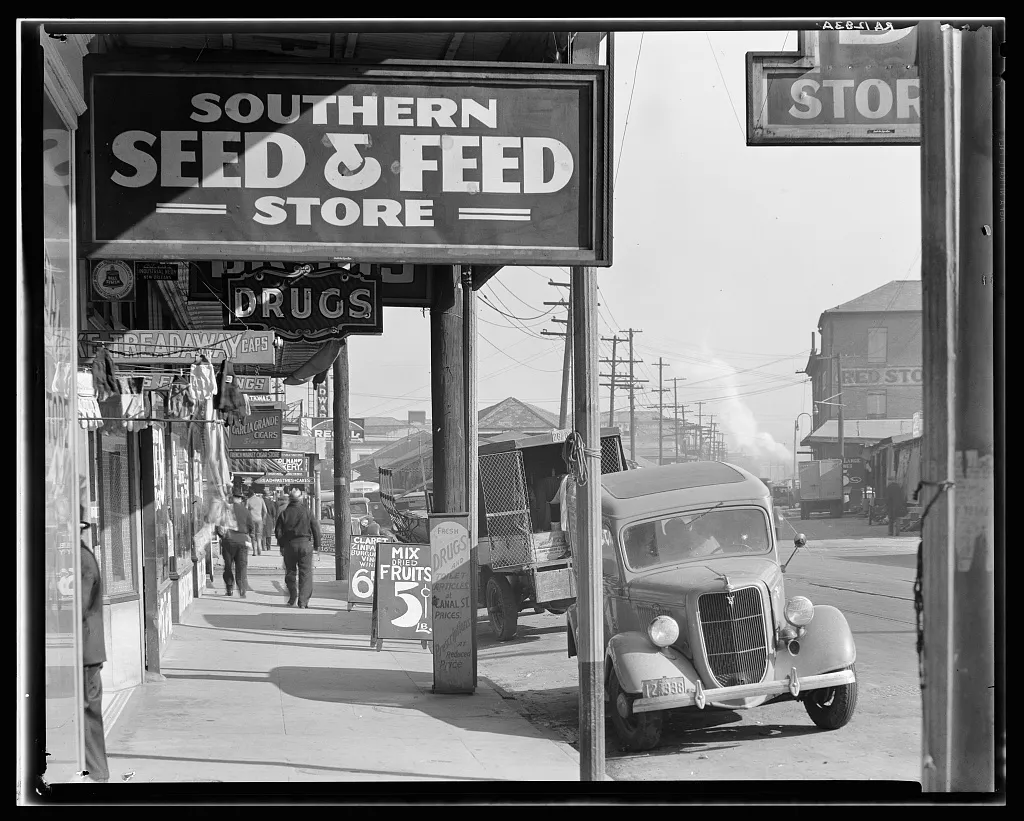
Part of a wealthy family, Evans worked as an advertising photographer and a documentary photographer before joining the FSA. “Possessing an inherent grace and structure, his photographs of shop fronts, barbershops, and rural homes are rich in details of daily life and, at times, of desperate need,” writes the Metropolitan Museum of Modern Art. Evans photographed in Pennsylvania, West Virginia, Georgia, Alabama, Mississippi and Louisiana.
Dorothea Lange
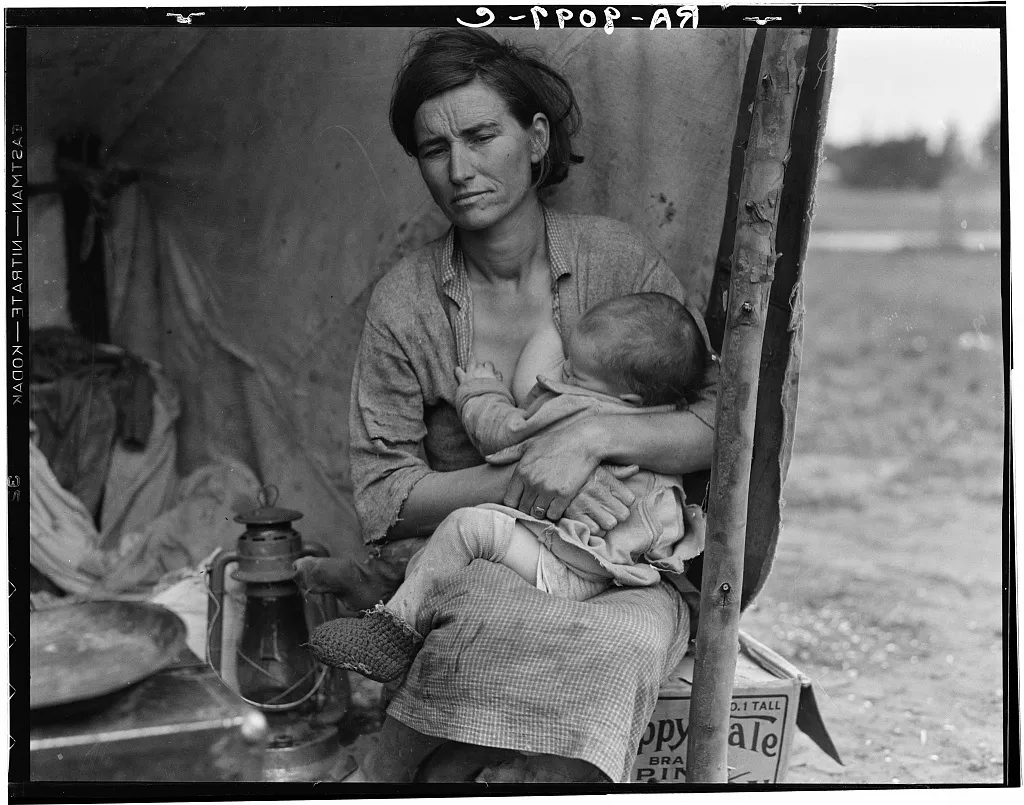
Lange, who was from New Jersey, worked as a portrait photographer in San Francisco before joining the Photography Department, according to PBS. Much of her FSA photography was shot in California. Her “Migrant Mother” photographs shot in Nipomo, California, are perhaps the best-known photographs of the Great Depression. When Lange filed her images she would include direct quotes from the people she was photographing as well as her own observations. “I don’t believe the President knows what’s happening to us here,” one subject told her.
Carl Mydans
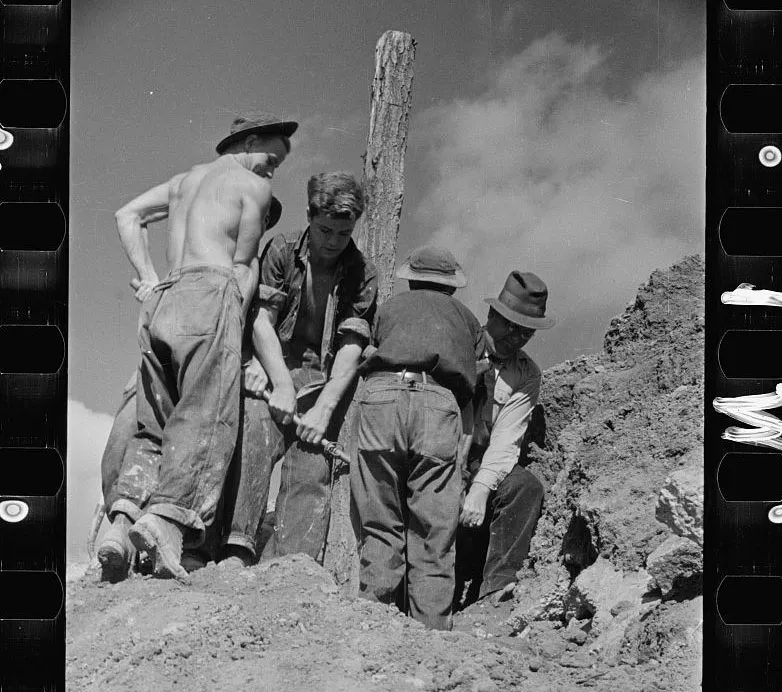
Mydans, who only stayed with the FSA for a year, went on to become a founding photographer of Life magazine. During that year, writes the International Center of Photography, Mydans–who grew up in Boston, where he also studied journalism–documented the Southern cotton industry and Southern agriculture. “Mydans photographed compassionately the lives of those who suffered, the dispossessed and the exploited, setting a pattern to be followed by many other photographers who worked for the FSA,” writes the International Center of Photography.
Russell Lee
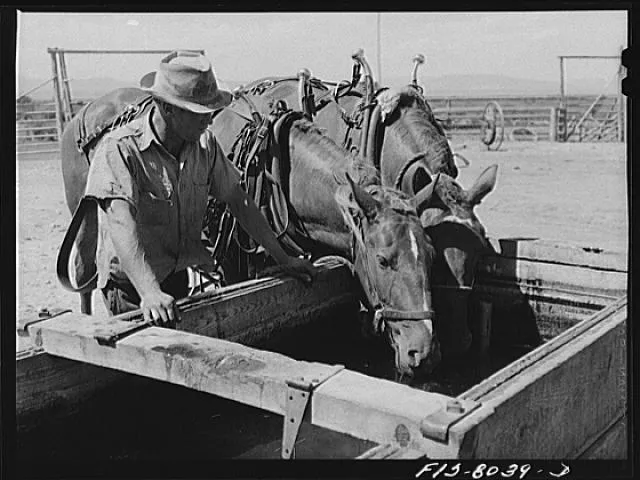
Born in Illinois, Lee had a degree in engineering and worked as a chemical engineer before becoming a painter and eventually a photographer. He was possibly the most prolific photographer for the FSA, writes the Texas State Historical Association–Roy Stryker, head of the FSA’s photography department, described him as “a taxonomist with a camera” because of his attention to “the visual aspects of any social situation in which he found himself.” He is best known for taking interior photographs, showing a part of life that many other photographers didn’t capture.
Marion Post Wolcott
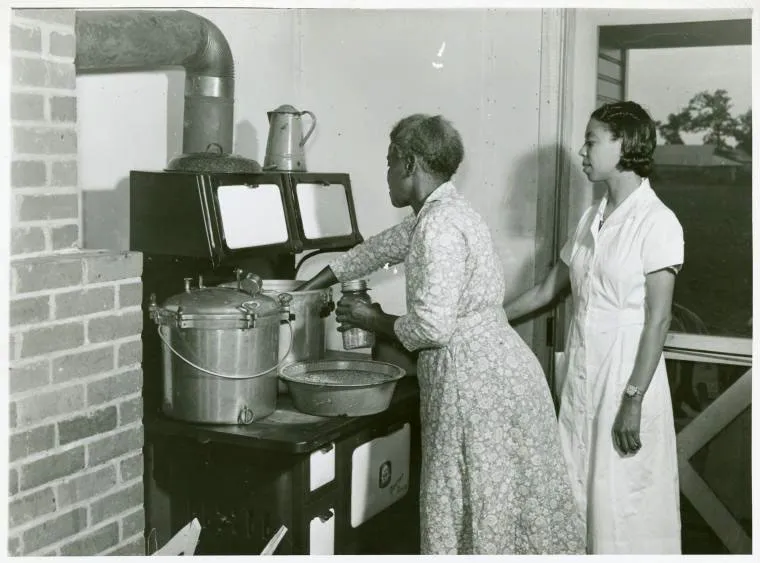
Wollcott, who was born in New Jersey, studied photography in Vienna and saw the rise of Nazism there before returning to America. She worked on the women’s beat at a newspaper before being hired by the FSA as the first full-time female photographer. She worked throughout the country between 1938 and 1942, but battled sexism from Stryker, writes the Library of Congress.
Jack Delano
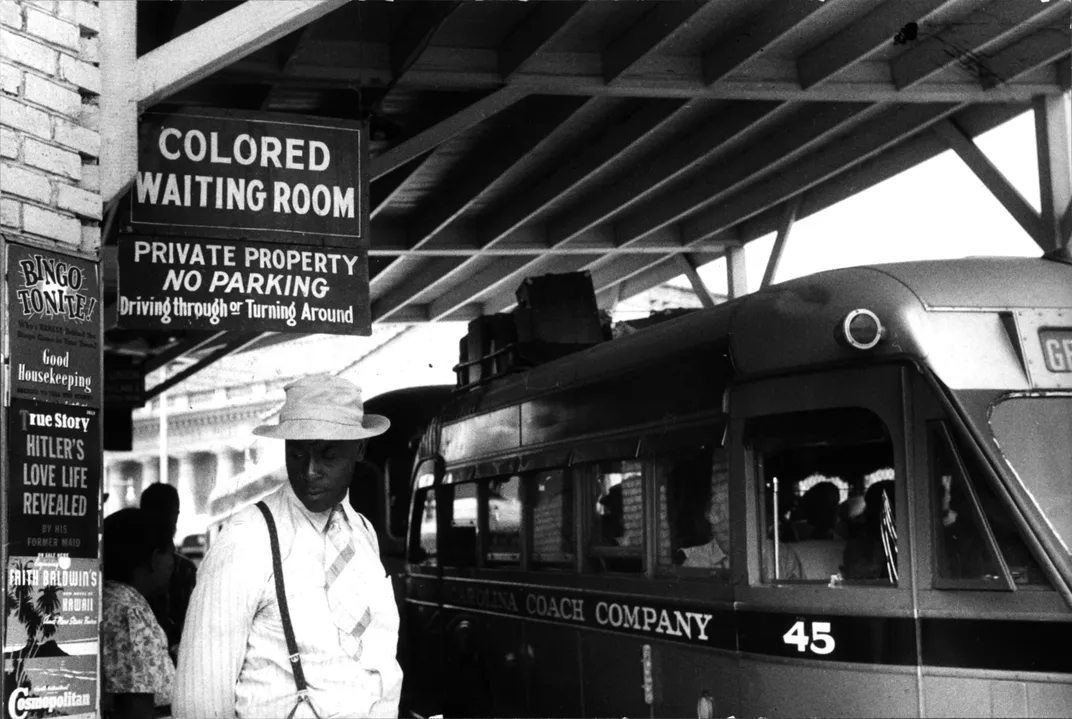
Delano was a Ukrainian-American photographer who joined the FSA in 1940. “His early work had him following the trail of migrant workers from Florida to Maryland, a continuing project on Greene County, Ga., tobacco farmers in Connecticut, and industry and agriculture in New England,” writes David Gonzalez for The New York Times. “To do justice to the subject has always been my main concern,” he wrote in his autobiography. “Light, color, texture and so on are, to me, important only as they contribute to the honest portrayal of what is in front of the camera, not as ends in themselves.”
John Vachon
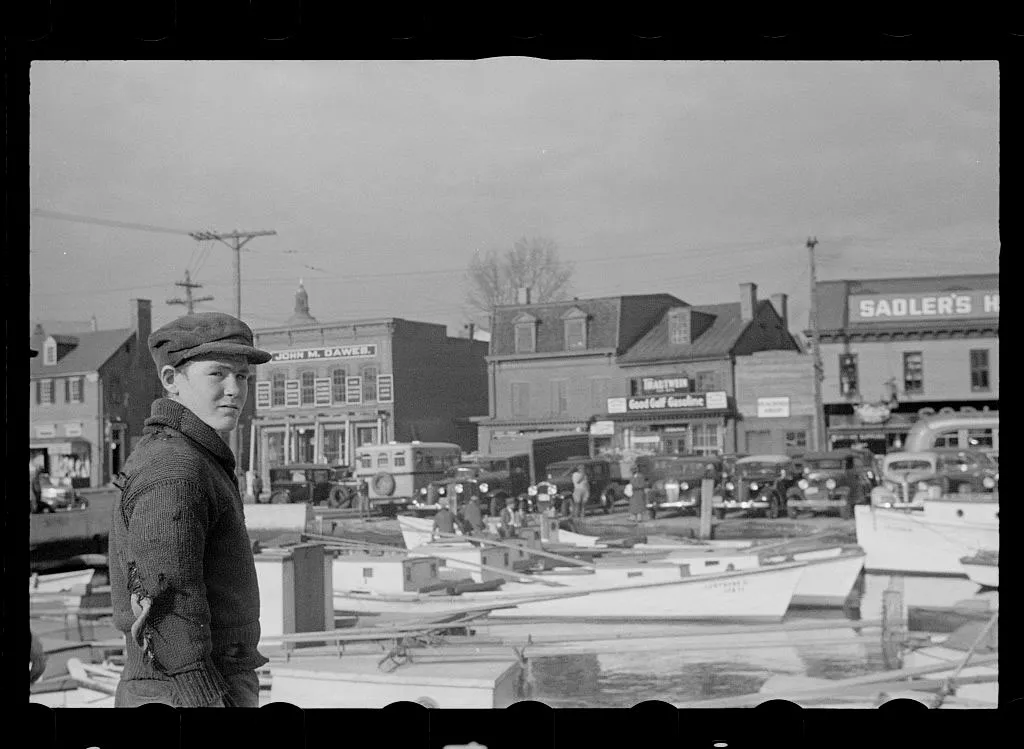
One of the team’s youngest members, Vachon was hired out of university in an administrative role with the FSA. He transitioned to photographs, shooting in the Plains, writes the International Center of Photography. Vachon was known for shooting protests and strikes, things that many photographers steered clear of. “His photos juxtaposed the rich and the poor, society’s promise and its compromises,” writes R. L. Cartwright for MNOpedia.
In the early 1940s, the FSA’s photography department under Stryker became a wartime initiative at the Office of War Information before being disbanded. The photographers went their separate ways.
If you want to see more of these photographers’ work, click on their names, which will take you to their Library of Congress catalogs. Visit the Library for a full list of all photographers hired under the FSA, including those hired in the 1940s.